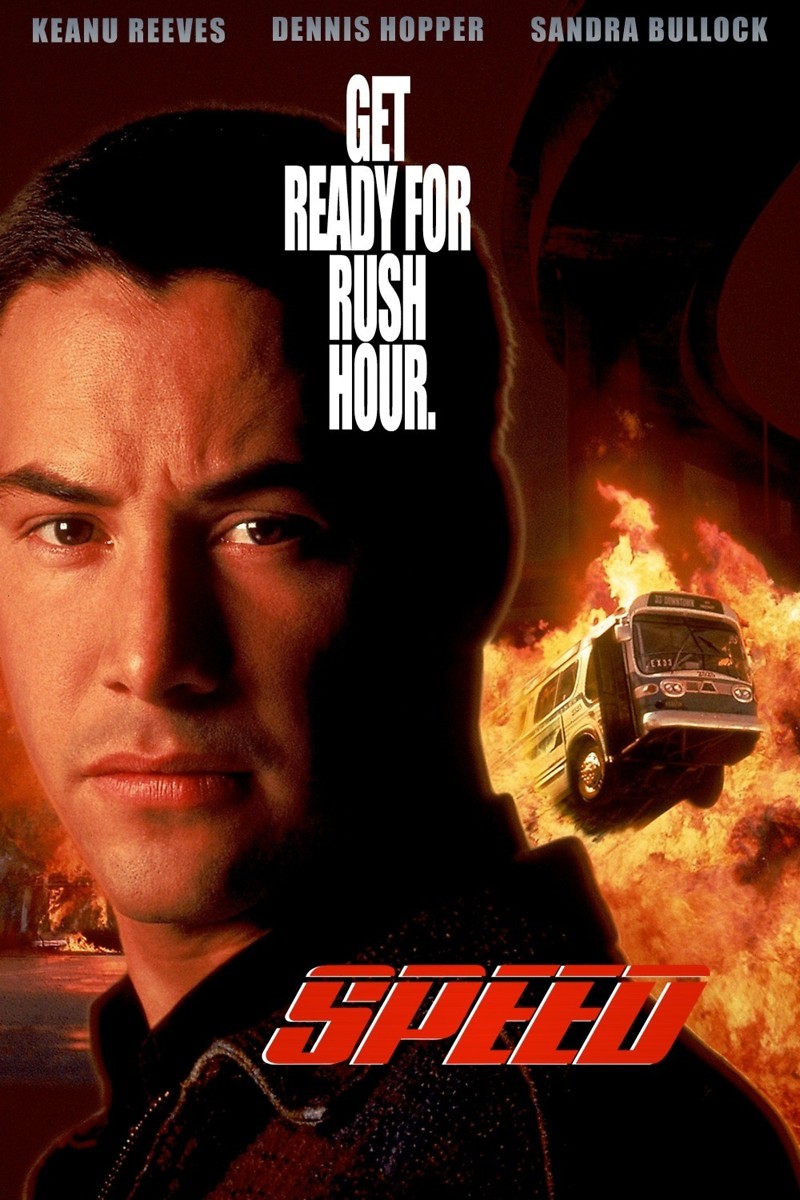The sequence does not include any long shots setting the exact location or premise for the scene. This forces the viewer to think for themselves to work out where and what is going on - hence already giving the impression of a detective film. The audience is made to assume that the scene takes place in an office or a bedroom, because the close-up shots of props and furniture contain the kind of props and furniture found in these places. Furthermore, we cannot see who is writing, or turning pages, and this creates a great deal of suspense for the scene.
All of the shots in this sequence are quite dark, connoting danger, which is added to by the opening shot: a shot of a page being turned with such a shallow depth-of-field that you can hardly tell what is turning it. The shots are very low-key, further adding to the dark, mysterious and dangreous feel. The colours are mostly greyscale, giving the idea of a dark and myterious feel. The sequence is interspersed with shots of photos being developed. These shots show the red light used to develop black and white photos, again connoting danger, but also creating the feeling that the events depicted in the film are very current, just being developed (please excuse the cheesy pun).
There is almost no camera movement in this montage of events, forcing the viewer to focus on exactly what is happening. The lack of movement creates a very closed feel to the framing, furthering the mood.

